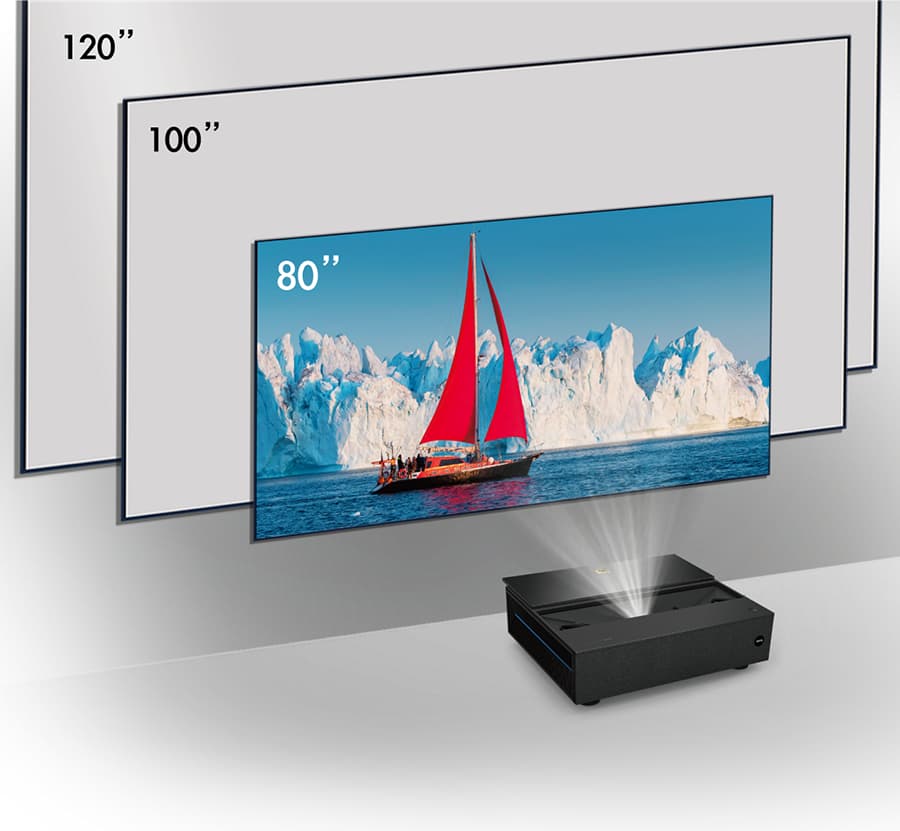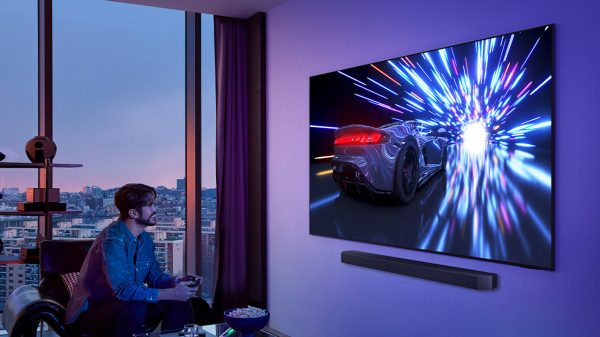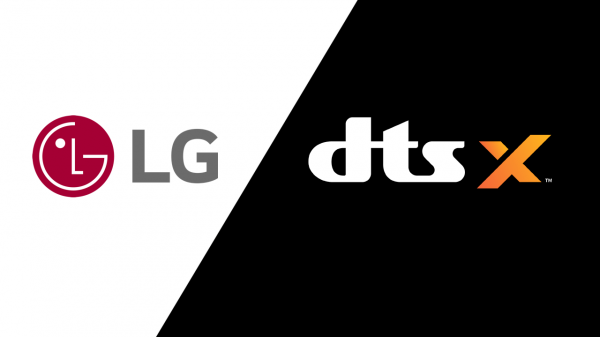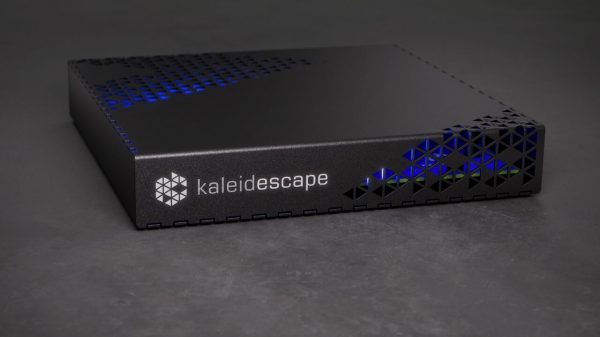Recently we reported the results of the Annual Value Electronics TV Shootout which awarded the Sony 65-inch AK95 QD-OLED TV as the king of 4K TVs and the LG 88-inch Z2 OLED as the king of 8K TVs.
However, buying a TV isn’t your only home viewing option, UST (Ultra Short Throw) Projectors (aka Laser TVs) are becoming an increasingly popular option as they provide a large screen viewing experience without taking up a lot more space than some large screen TVs.

As a result, there are an increasing number of companies that offer this product option, including TV makers, such as Hisense, Samsung, and LG.
With this increasingly popular option, UST projectors deserve their own shootout for 2022. ProjectorCentral and ProjectorScreen.com assembled a large selection of these projectors on August 4th, 2022, and conducted what it labels as its first Laser TV Showdown.

Tip: Value Electronics actually included a UST category within its 2021 TV Shootout and plans to have an expanded one for 2022, but it looks like Projector Central and Projector Screen.com have beaten them to the punch.
The showdown selected the following projectors for participation, divided into two categories.
Triple Laser

Triple laser projectors typically have individually red, green, and blue lasers as their light source. This contributes to more precise color and long-lasting light output.
The projectors competing in this category were: Formovie Theater, LG HU915QB, Hisense PX1-Pro, Samsung LSP9T, AWOL Vision LTV- 3500, VAVA Chroma
Single Laser

Single laser models typically have a blue laser combined with a phosphor wheel or chip, and a color wheel to produce the three primary colors of red, green, and blue. This system also has long-lasting light output, but colors may not be quite as precise as with a triple laser light source.
The projectors competing in this category were: BenQ V7050i, Hisense 100L5G, Viewsonic X2000B, XGIMI AURA, Epson LS500, LG HU715Q, and Optoma P2.
How UST Laser Projectors Do 4K
Whether using a Triple or Single Laser light source, another thing to consider is that all the UST projectors competing in this showdown display 4K UHD using a process called “pixel shifting:

Most UST projectors use either a .47-inch or .66-inch sized DLP imaging chip (aka DMD – Digital Micromirror Device) from Texas Instruments.
A 47-inch chip has 2.1 million pixels (the equivalent of 1080p resolution), and a .66-inch chip has 4.25 million pixels (about twice 1080p but only half the 8.3 million pixels needed for a 4K UHD display. 4K UHD resolution is created by moving the pixels slightly but very rapidly (Pixel Shifting). The result is that the viewers perceive a “4K-like” image projected onto the screen.
Tip: Epson uses 3 (R, G, B) 1080p resolution LCD Chips with 4K Pro-UHD (Pixel Shifting) to achieve a 4K image in its projectors.
How The Showdown Was Conducted

The Showdown featured two rounds:
- Eight Single Laser UST projectors competed in Round 1.
- Six Triple Laser UST projectors competed in Round 2.
The room was set up with each projector paired with the same 100-inch Ambient Light Rejecting Screen (ALR).
A JVC DLA-NZ8 ($15,995) standard throw 8K (4K native, 8K via pixel shifting) projector was set up as a reference projector for picture quality comparison.
Six Experts were selected to judge the projectors:
- Chris Eberle: ISF-trained calibrator, reviewer for Secrets of Home Theater and High Fidelity (hometheaterhifi.com), reviewer for Tom’s Hardware (tomshardware.com)
- Al Griffin: Senior Editor, Home Entertainment US, and reviewer for Tech Radar (TechRader.com), former editor-in-chief/display reviewer for Sound & Vision (soundandvision.com), ISF-trained calibrator.
- Mark Henninger: Managing Editor for Home Theater Review (hometheaterreview.com), former editor-in-chief for AVSForum.com, contributing technical editor/UST projector reviewer for ProjectorCentral.com, THX-trained calibrator,
- Chris Majestic: YouTube projector reviewer and influencer at MajesTechs.
- Ralph Potts: Blu-ray Reviewer and A/V writer at AVSForum.com
- Sammie Prescott, Jr.: ISF-trained display calibrator at AV Chroma Cal LLC, contributing technical editor/reviewer at ProjectorCentral.com
The projectors were calibrated for SDR Day Mode, SDR Dark Reference Mode, and HDR Dark Reference Mode

Ballots and Scoring Rules
Ballots were given to the judges so that each projector could be rated on a scale of 1 to 10 for each viewing mode for both projector categories:
SDR Day Mode (aka Living Room TV)
- Color Accuracy/Skin Tone
- Focus/Detail/Geometry
- Motion
- Contrast
SDR Dark Reference Mode (aka Home Theater)
- Color Accuracy/Skin Tone
- 24p Motion (how will film sources are displayed)
- Contrast
- Black Level/Shadow Detail
HDR Dark Reference Mode (aka 4K Home Theater)
- Color Accuracy
- UHD Detail/Sharpness
- Contrast/Tone Mapping
- Black Level/Shadow Detail
- 4,000-Nit Tone Mapping
- Color Gamut
The highest score within each defined indicator was adjusted up to the maximum of 10 and all other scores increased to scale. This made the final result a pure ranking with the spread between each projector retained.
Some picture quality indicators were weighted differently to adjust for the degree they contribute to overall image quality. For example, motion handling, 4,000-Nit Tone-Mapping, and Color Gamut were given less importance than color accuracy, contrast, and black level.
The “Living Room TV” SDR Day mode was also given less weight than SDR and HDR Dark Reference modes in the Image Quality Final Score for each projector since there is no formal standard or reference for calibrating a projector for bright room viewing.
Triple Laser Winner

- Formovie Theater: Winner! ($2,999 at ProjectorScreen.com)
- LG HU915QB: 2nd Place by 1/10 of a point! ($6,499 at ProjectorScreen.com)
- Hisense PX-1 PRO: 3rd Place ($3,499 at ProjectorScreen.com)
Single Laser Winner

- Benq V7050i: Winner! ($3,499 at ProjectorScreen.com)
- Hisense 100L5G: 2nd Place ($3,999 at ProjectorScreen.com with 100-inch screen)
- Viewsonic X2000B: 3rd Place ($2,599 at Amazon)
Note: The biggest surprise was that the Formovie Theater won the top spot in the Triple Laser Category. This brand and model are not well-known in the U.S. and appears to be a variant of the original Formovie T1 that was released to the China-home market late in 2021.
Digging Deeper
For full details on all the goings on, other results, and an overview of additional projector features not tested at the Laser TV Showdown, including the results charts, refer to the articles posted by Projector Central and ProjectorScreen.com.
Note: It will be interesting to see how the forthcoming 2022 Value Electronics UST Shootout shakes out.
Related Reading










































